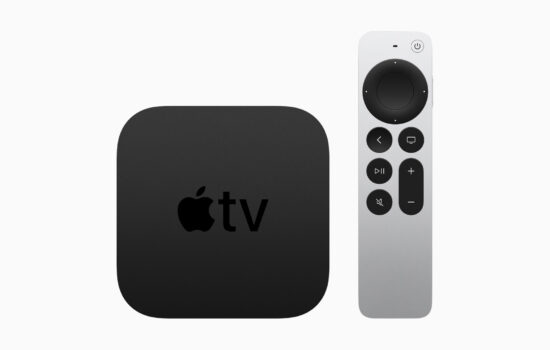Nearly a year ago, Apple released its take on Spatial Audio, a 3D technology first introduced by Dolby as Dolby Atmos in 2012. Aimed at simulating a cinema-like experience with your AirPods or Beats headsets, it was released on Apple Music and later across Apple’s entire array of devices with iOS 14 and macOS Big Sur.
What is Spatial Audio?
Spatial Audio works by taking tracks from your favorite music app and applying an algorithm that adjusts frequencies so music appears more spacious and roomy. It also works with Netflix, HBO Max, and Disney+ among others. Apple said in its May 2021 press release:
“Listening to a song in Dolby Atmos is like magic. The music comes from all around you and sounds incredible. Subscribers will also be able to listen to their music in the highest audio quality with Lossless Audio. Apple Music as we know it is about to change forever.”
It’s extremely important for your hearing that you don’t listen to loud music in long sessions. Loud audio combined with Spatial Audio might heighten this risk though, at least from my experience. This is due to your ears perceiving the audio as being lower than what it actually is, and you can try this yourself. If you turn Spatial Audio on and off and compare audio, the sound appears to be lower with Spatial Audio turned on. If you then combine this with your AirPods’ ANC mode, you may end up turning the volume up above the recommended limit.
The Solution
The best option would simply be to turn off the feature completely, but if you’ve tried it out you know why I can’t force you to turn it off, it’s the future of music! It adds incredible depth to audio, and if you use apps like Tidal and Spotify, Apple has even engineered Spatial Audio to work there as well (YouTube and Netflix work just as fine too)! Do me a favor however and turn off “Spatial Audio with Head Tracking”. It’s quite gimmicky, and you may experience some motion sickness with it, even if you usually don’t.
The solution to preserving my hearing as well as possible has been to go into Settings on my iPhone and turn on “Reduce Loud Sounds” under Headphone Safety. Personally, I put mine on 75 dB, but your mileage may vary as everyone’s ears are different, I already have tinnitus for instance. Also make sure to add the “Hearing” widget to your Control Center, as it can give you a glance at the current decibel levels of your headset, and you can adjust what volume you’re comfortable with straight from there.
Conclusion
I’d like to add that there is a difference between Apple’s Spatial Audio feature and Dolby Atmos for Apple Music. Dolby Atmos on Apple Music is music that has been completely reengineered to work with the feature in mind. It is also much safer to listen to at higher volumes than what songs that haven’t been optimized are. Compatible songs are noted with a “Dolby Atmos” glyph under the song title in Apple Music. If you use a music app like Spotify or Tidal you should also be careful with Spatial Audio. These tracks haven’t been optimized for use with the feature, so be careful with your ears!
Do you disagree? Argue with @ThoJensen on Twitter or comment your thoughts @Appleosophy! If you have any tips to share about content to write on, please send them our way!
Getting my AirPods Max tomorrow, so reviewed the Spatial Audio feature for now. Personally, I think it could damage your hearing if you aren't careful enough… pic.twitter.com/X5avbqeQo6
— Thomas Jensen (@TH0JENSEN) March 24, 2022








